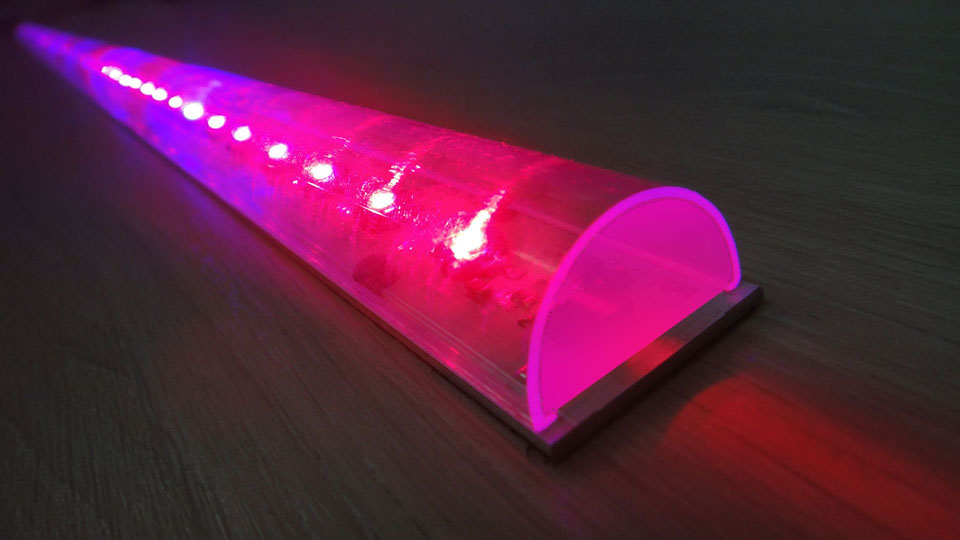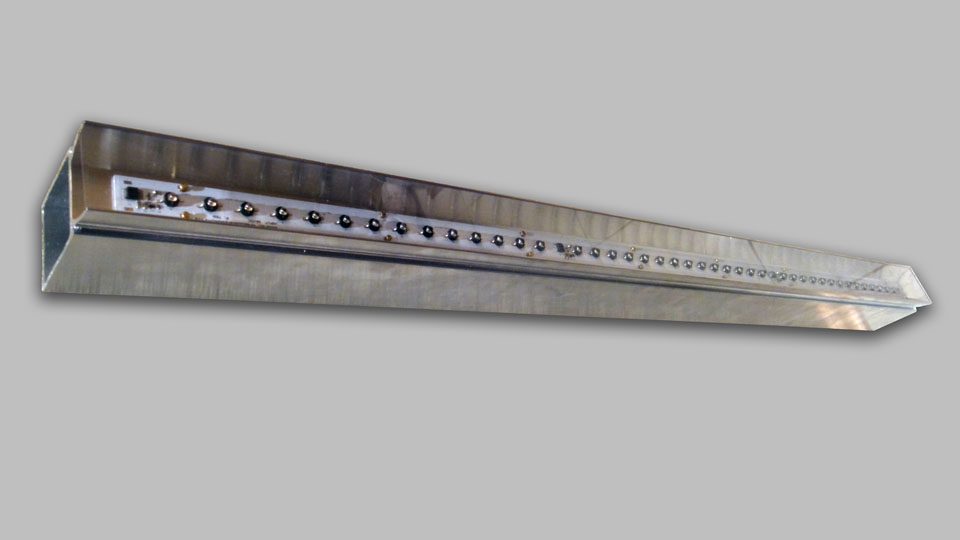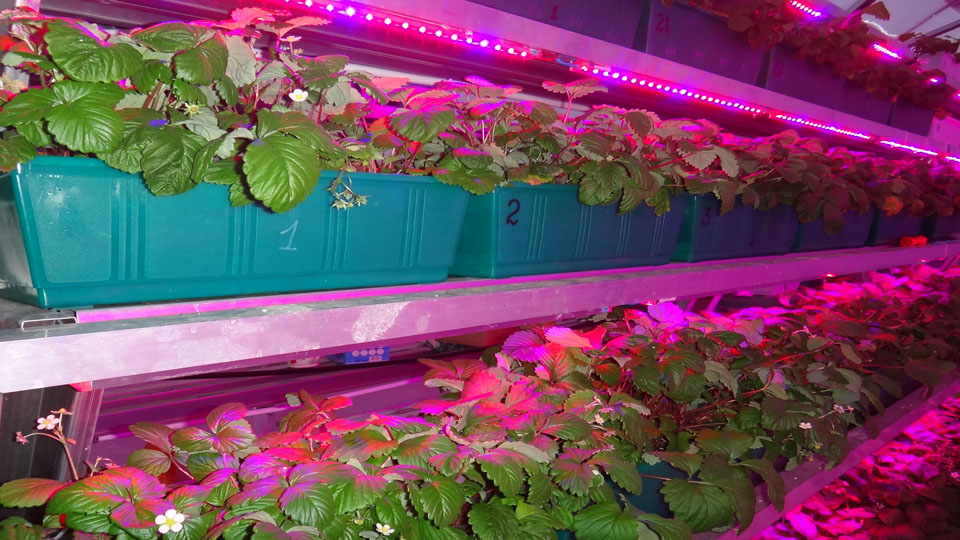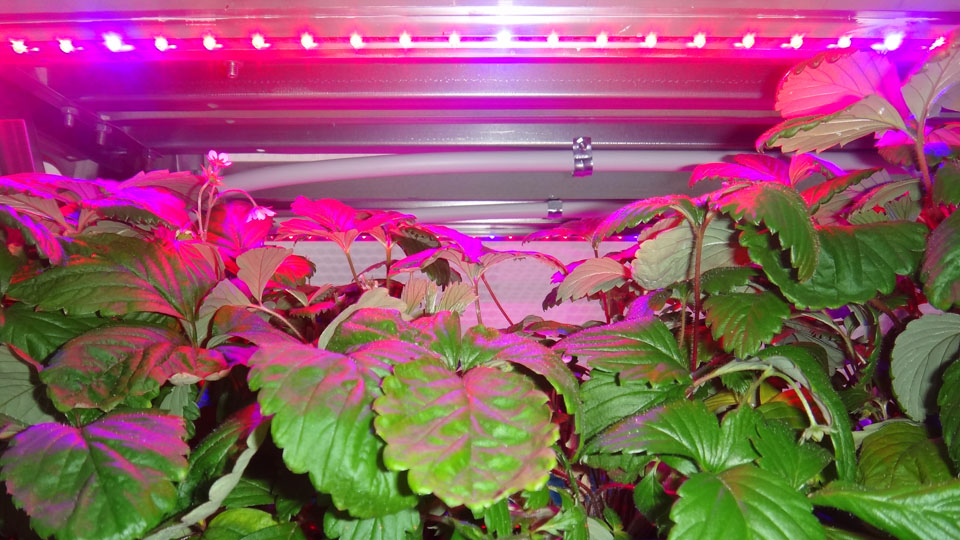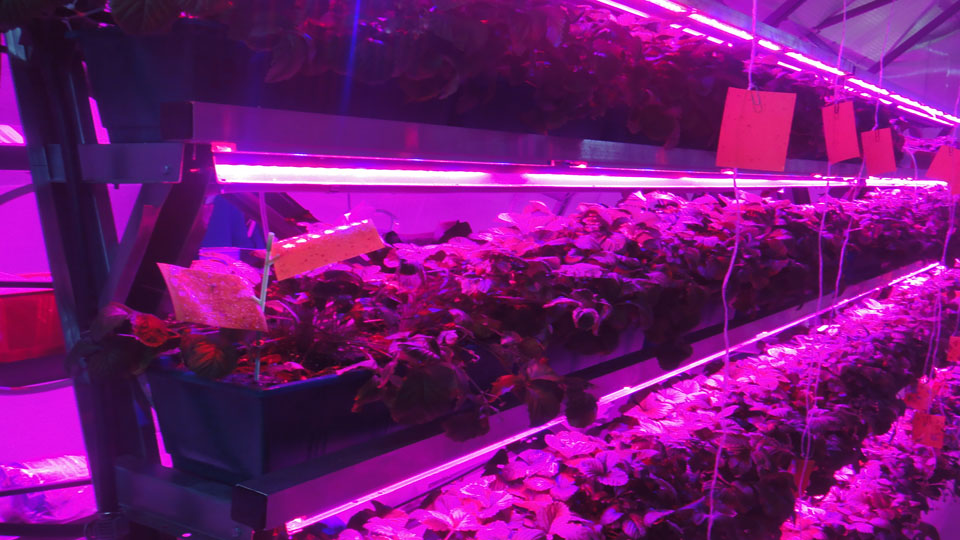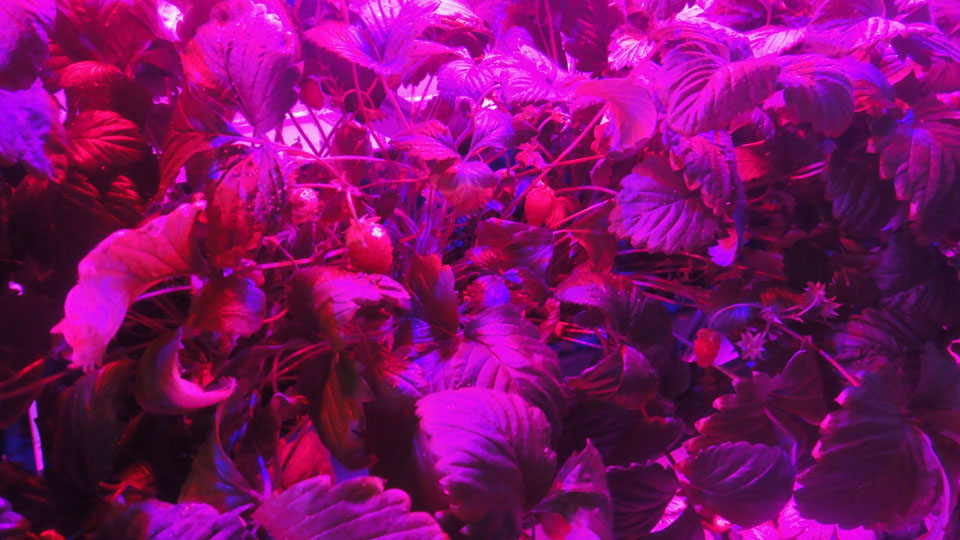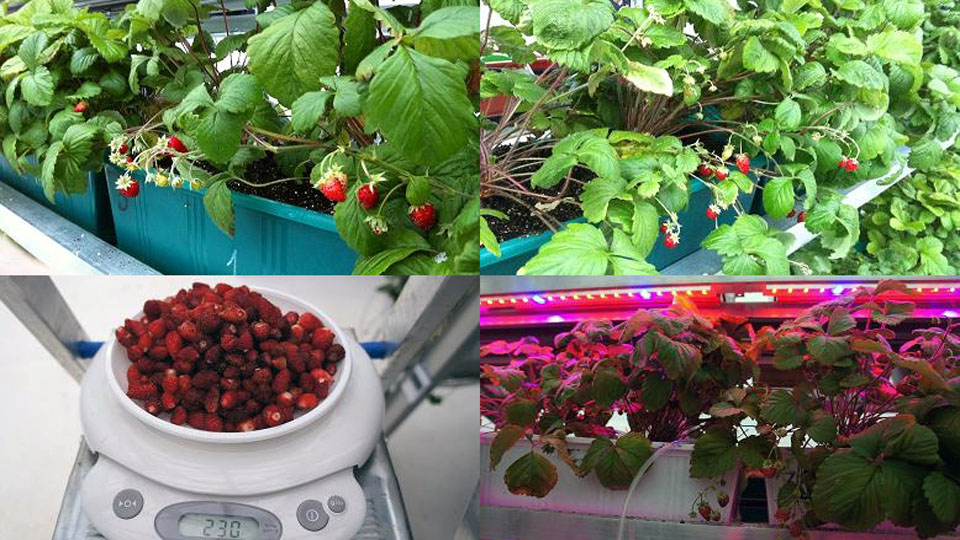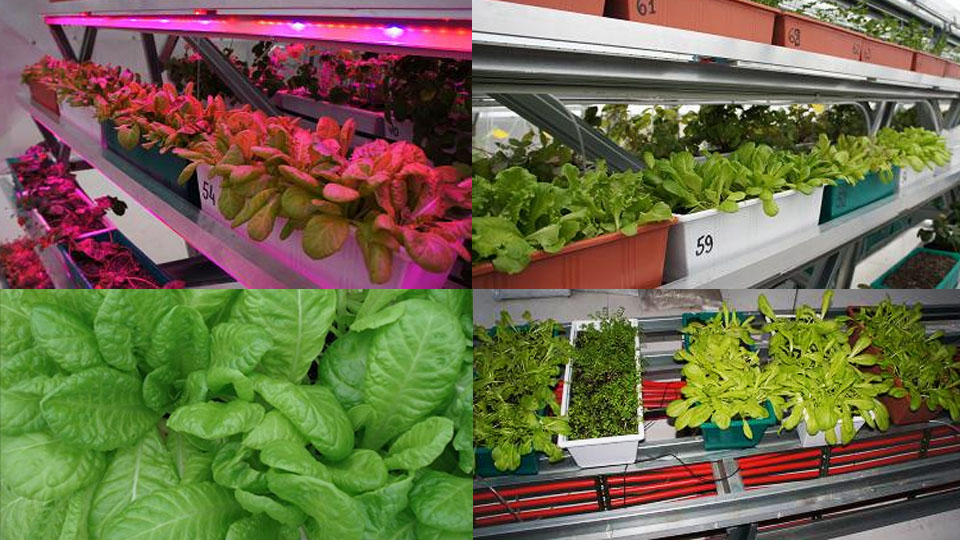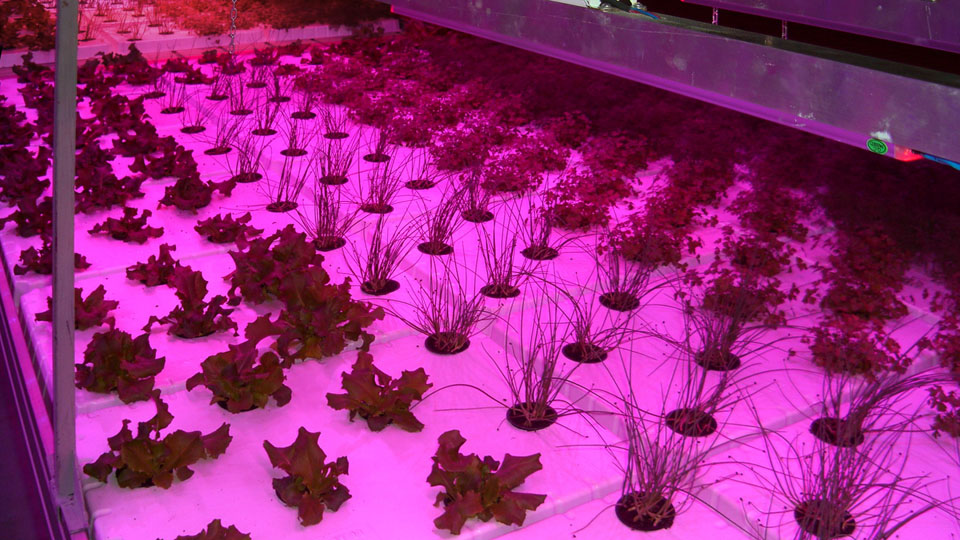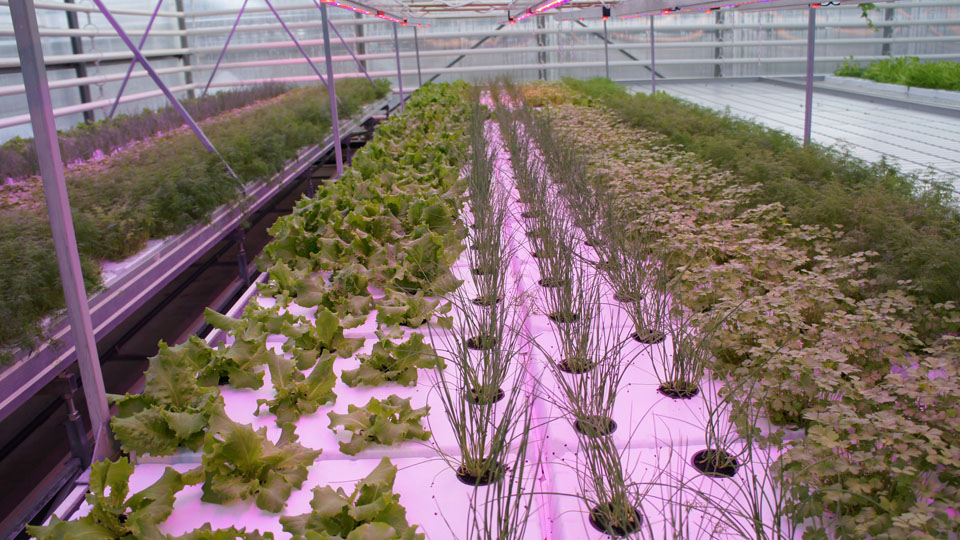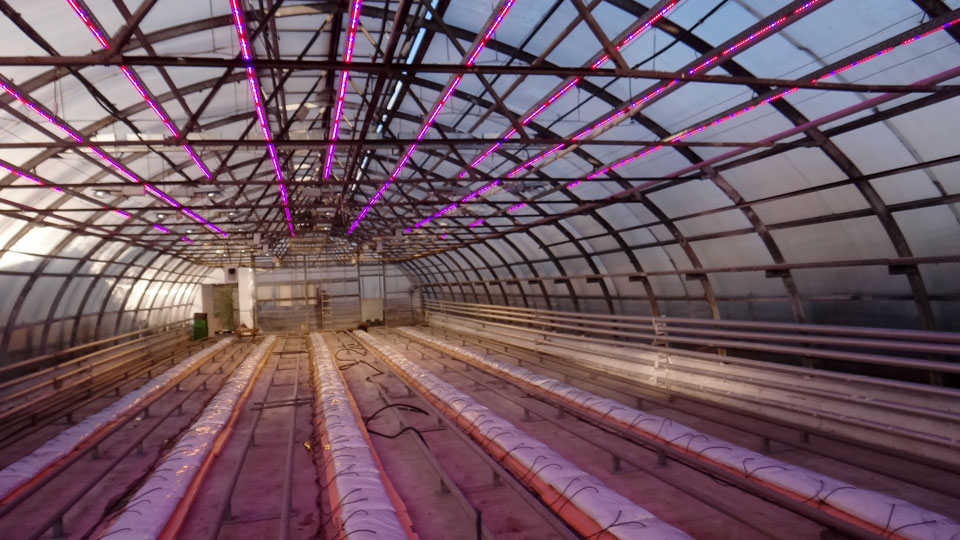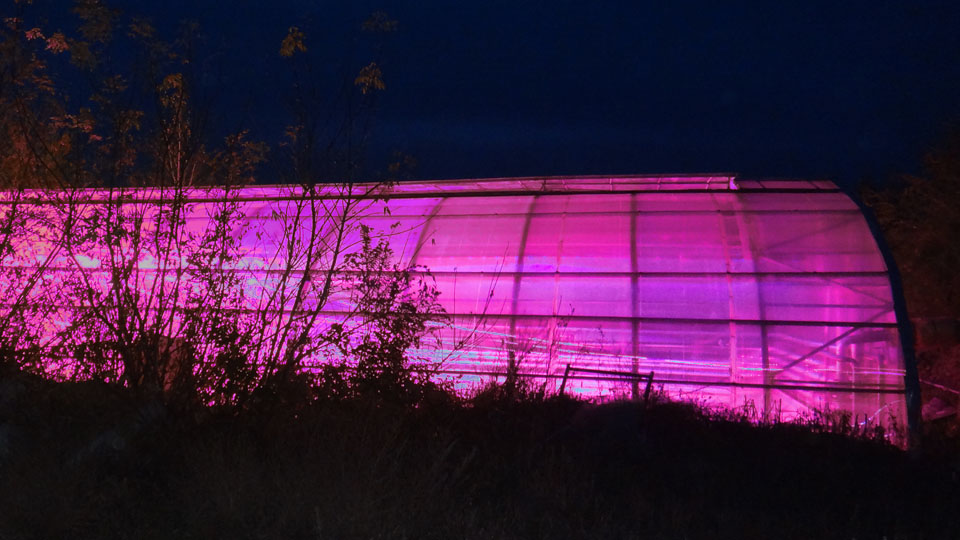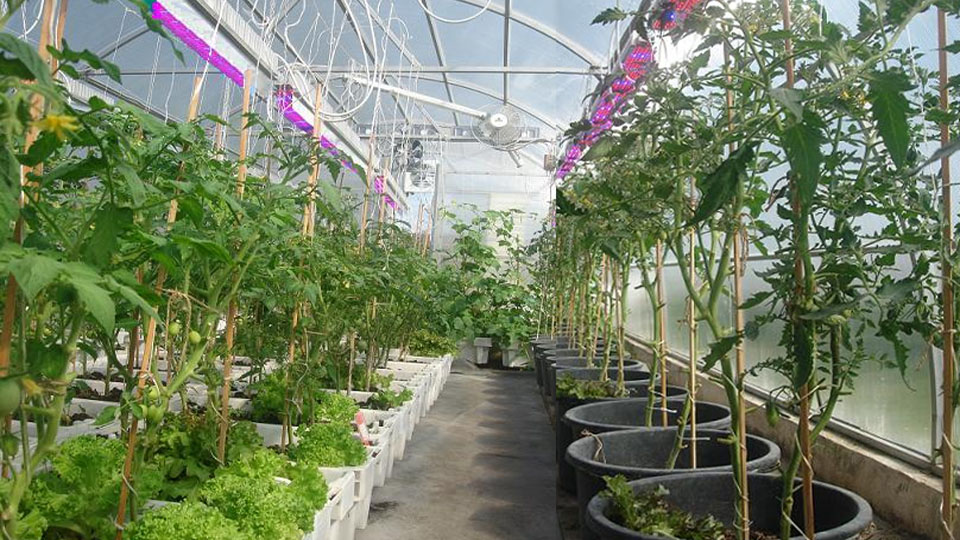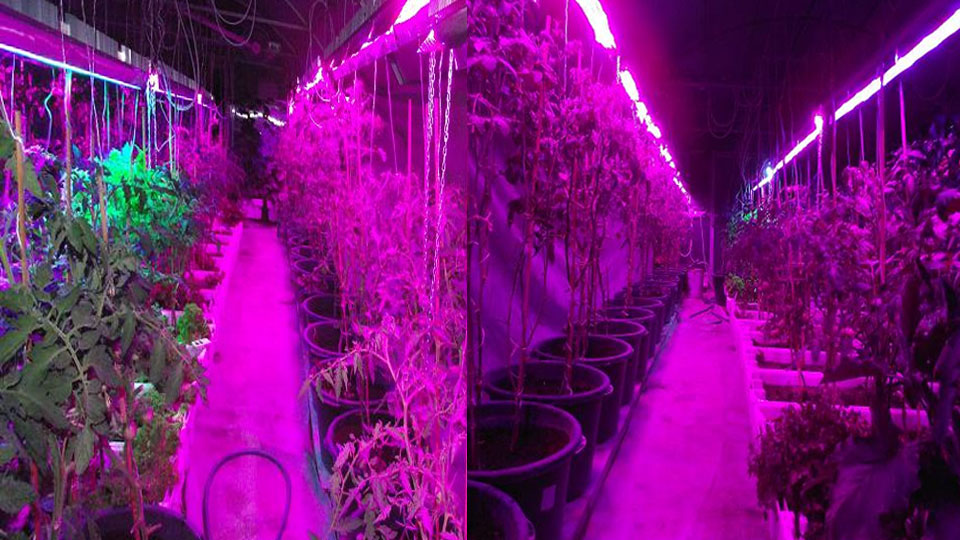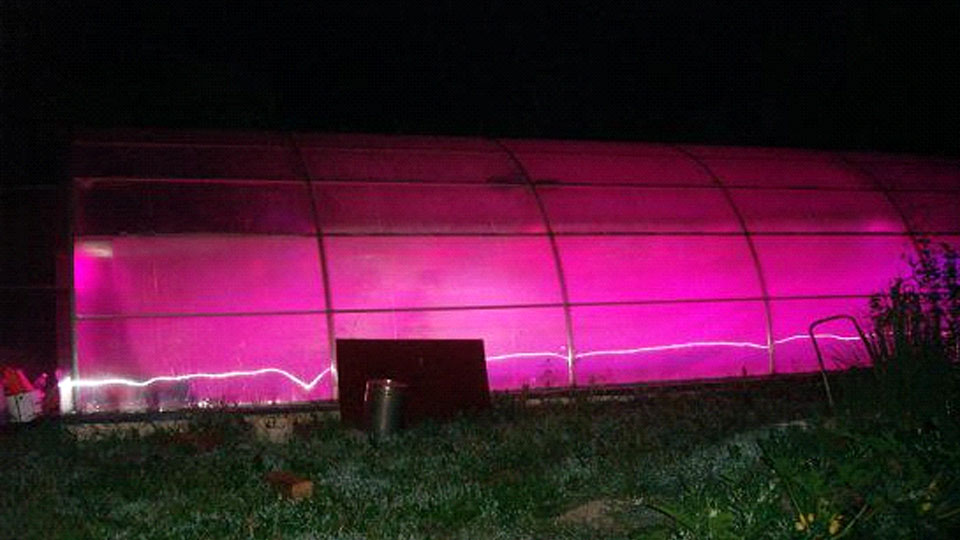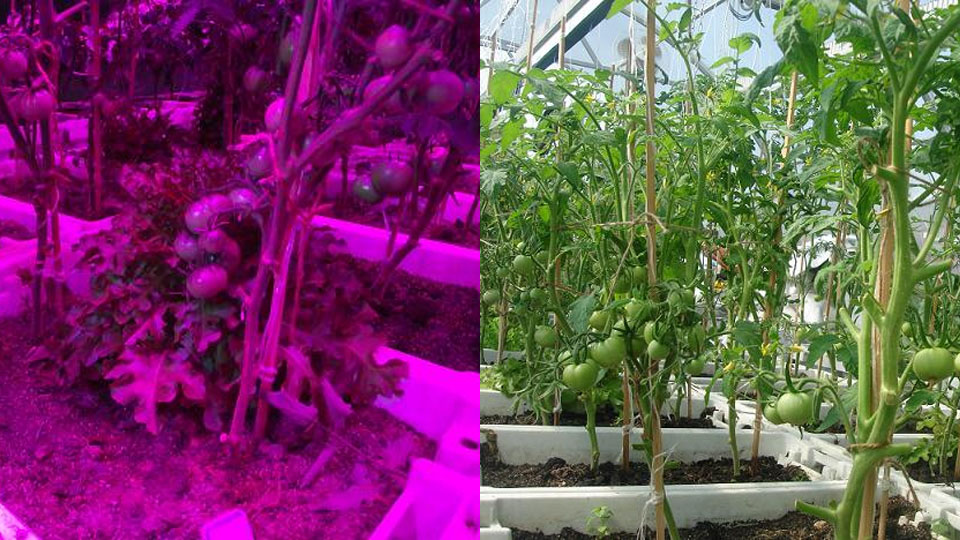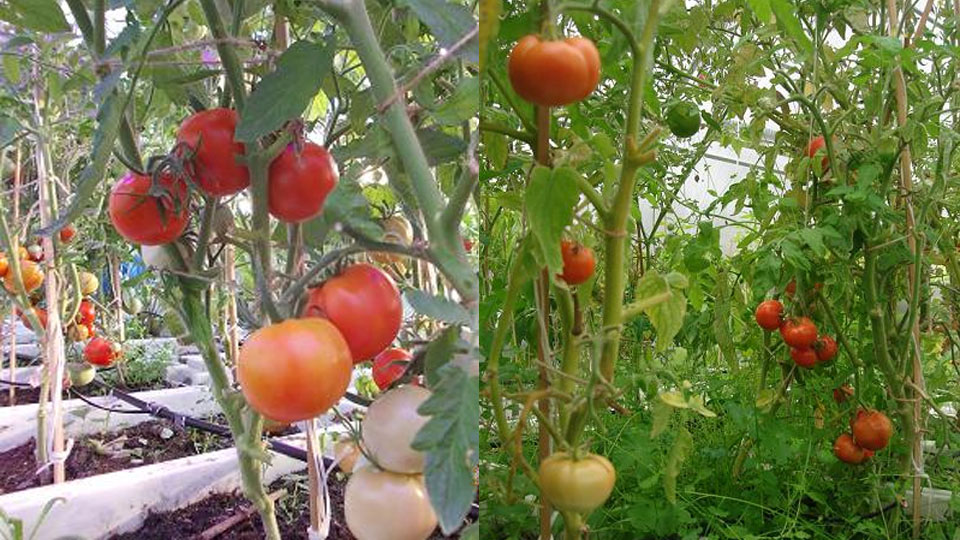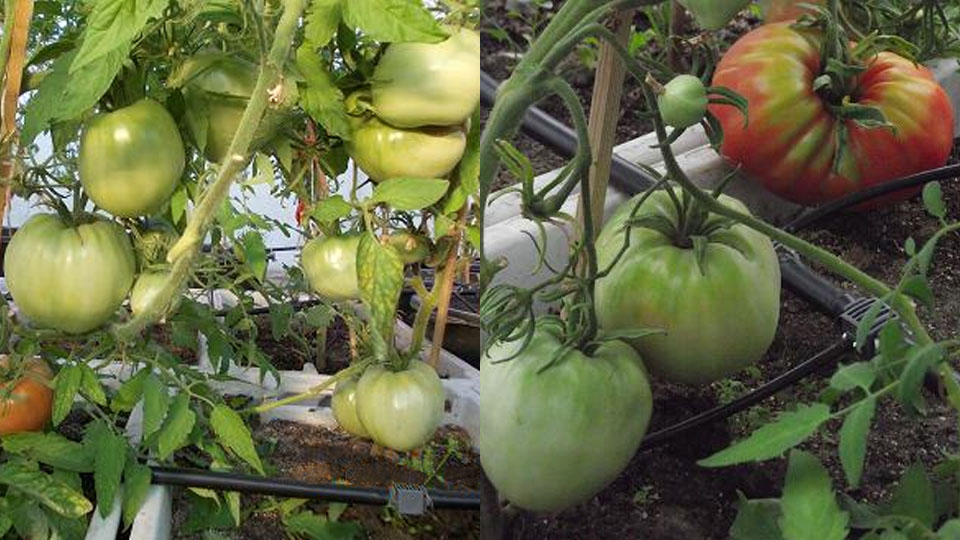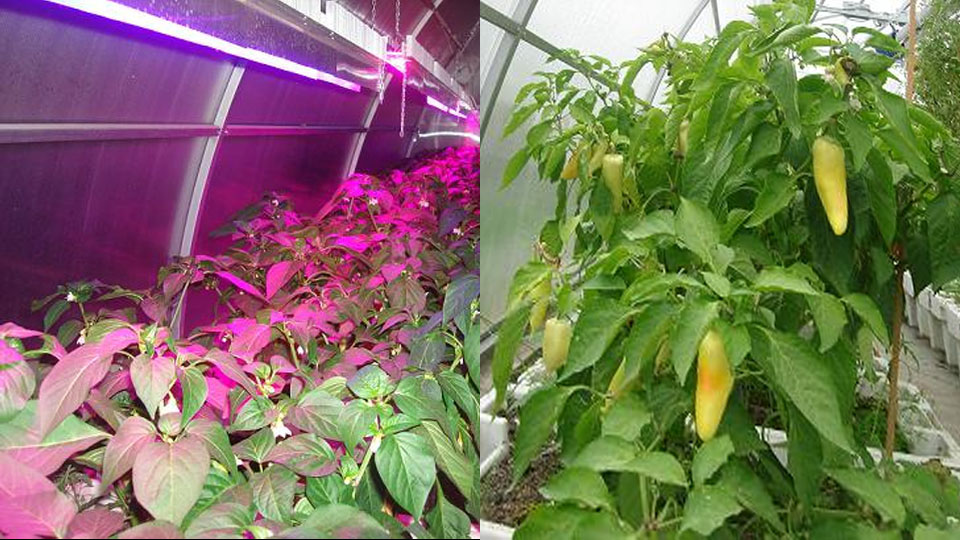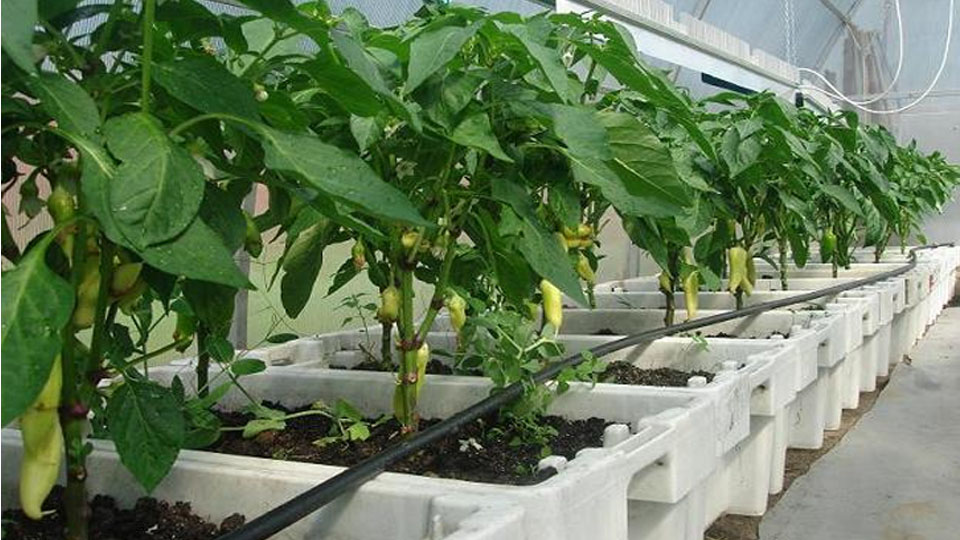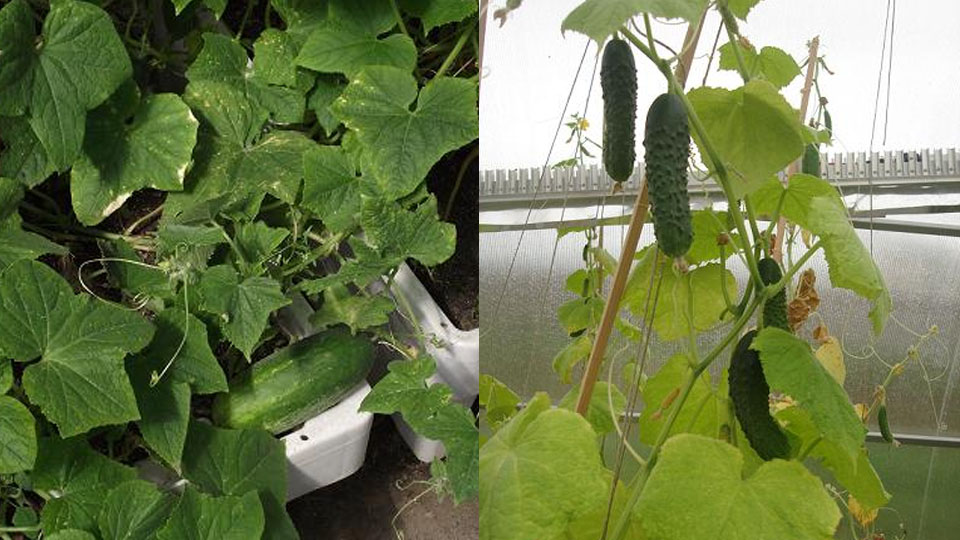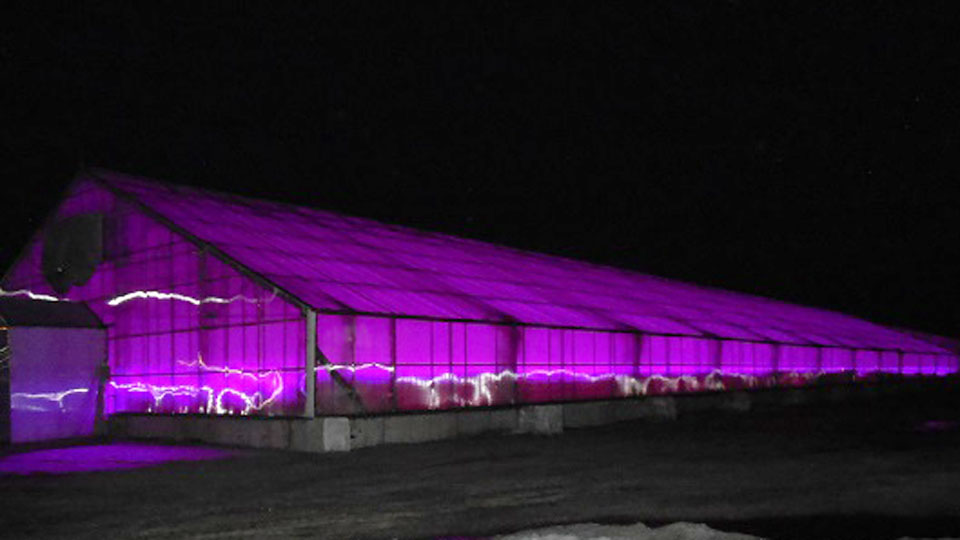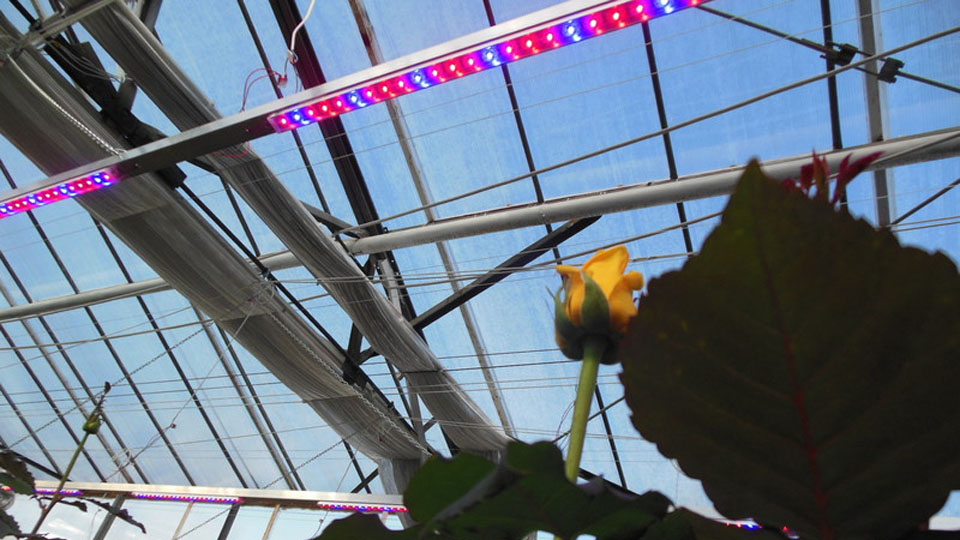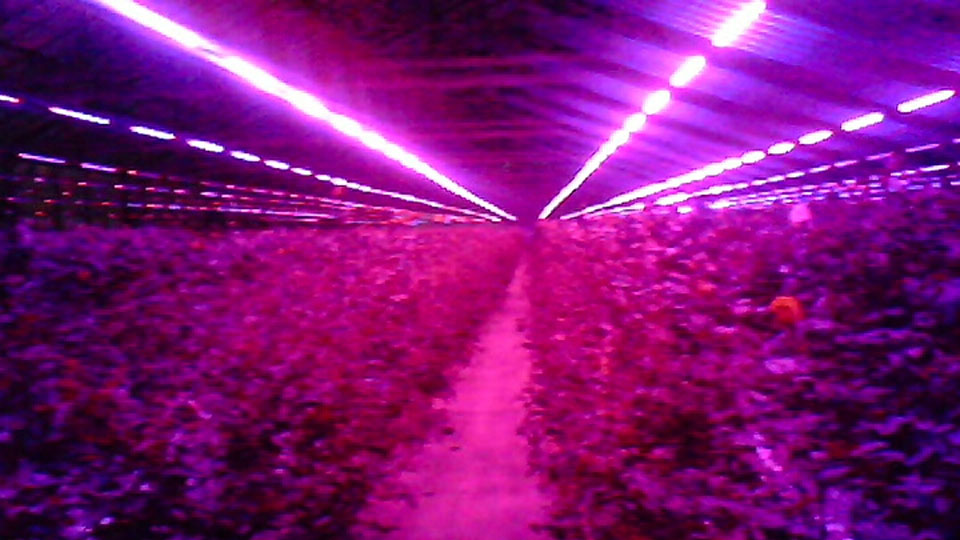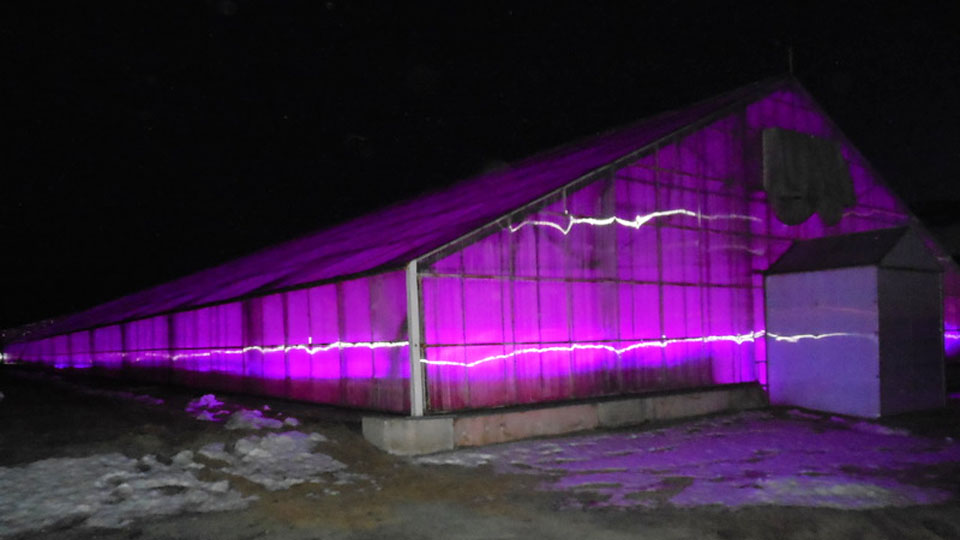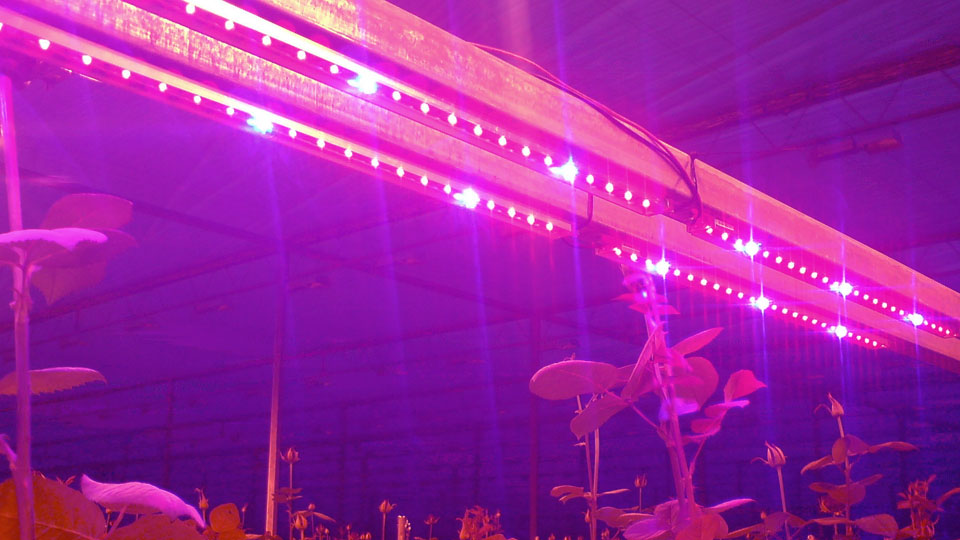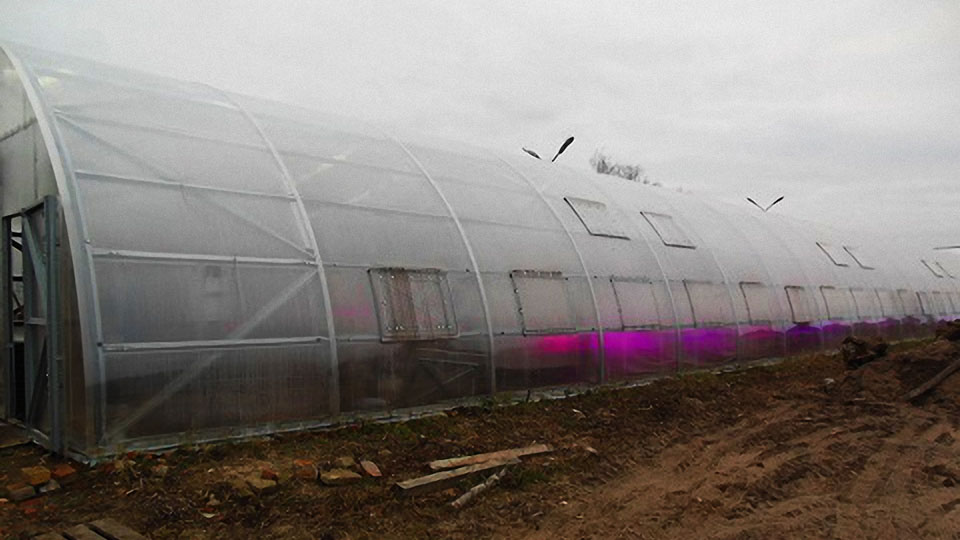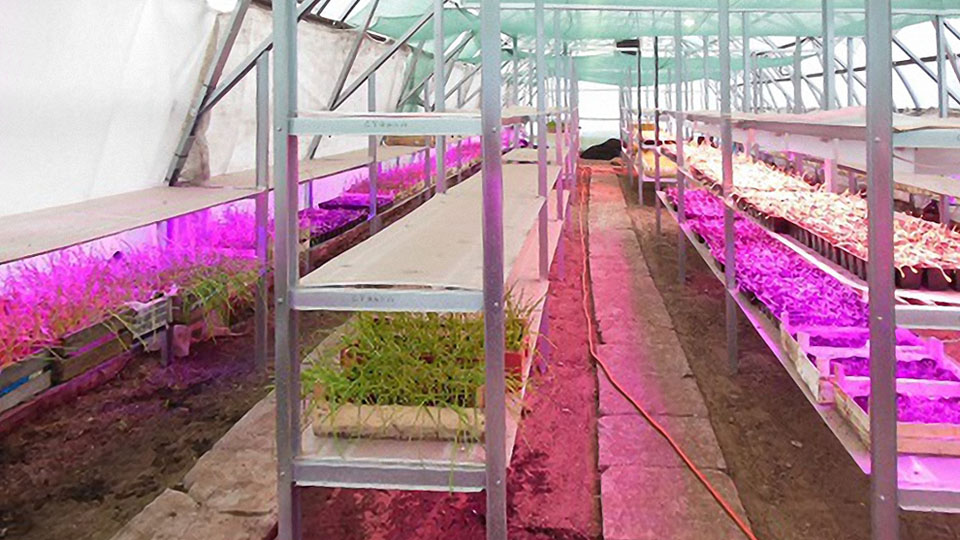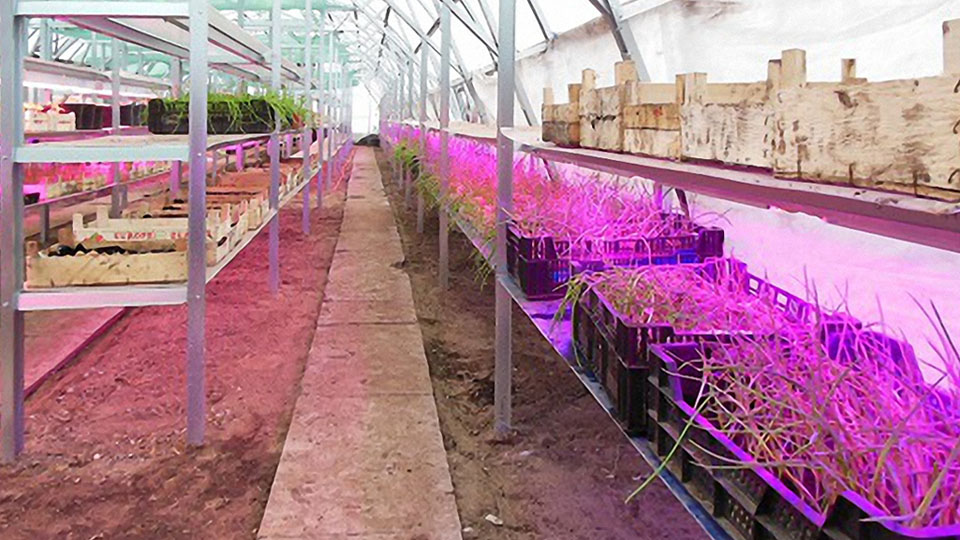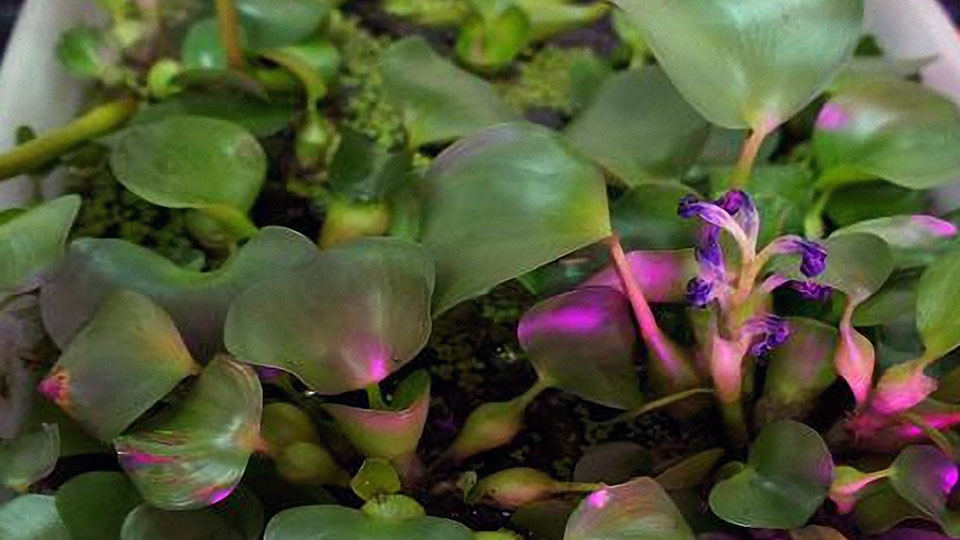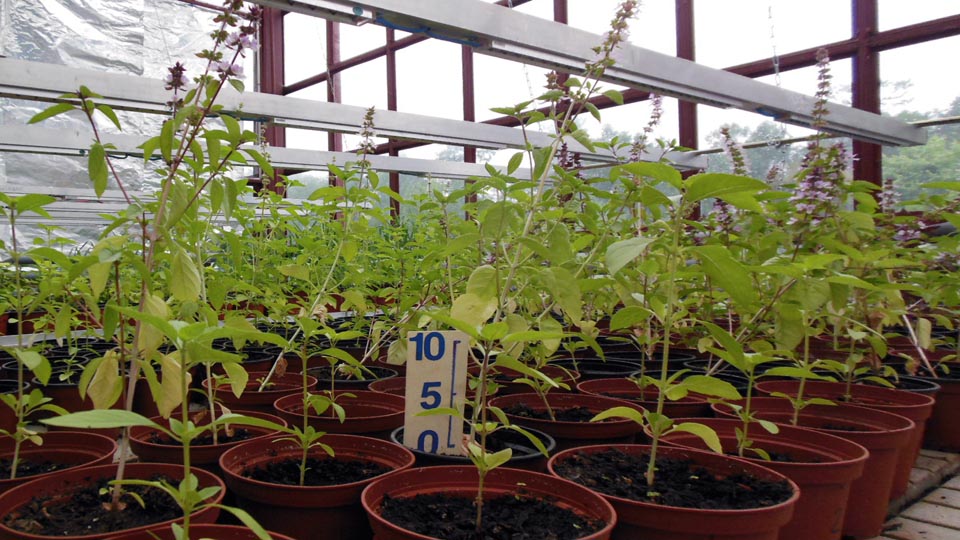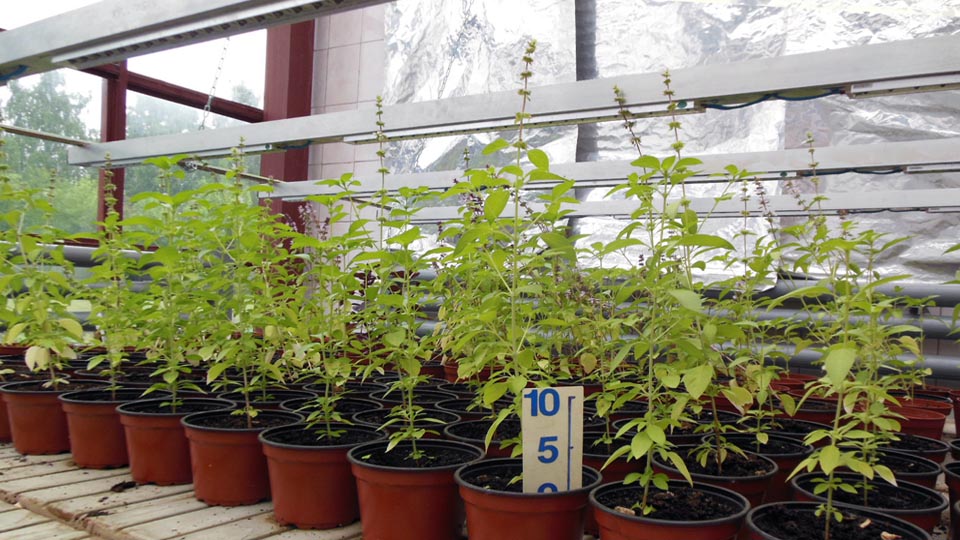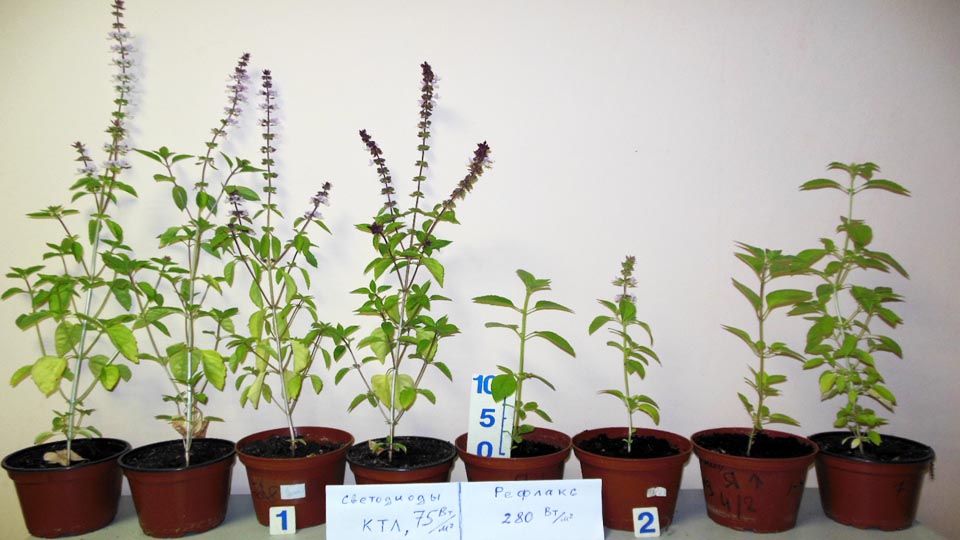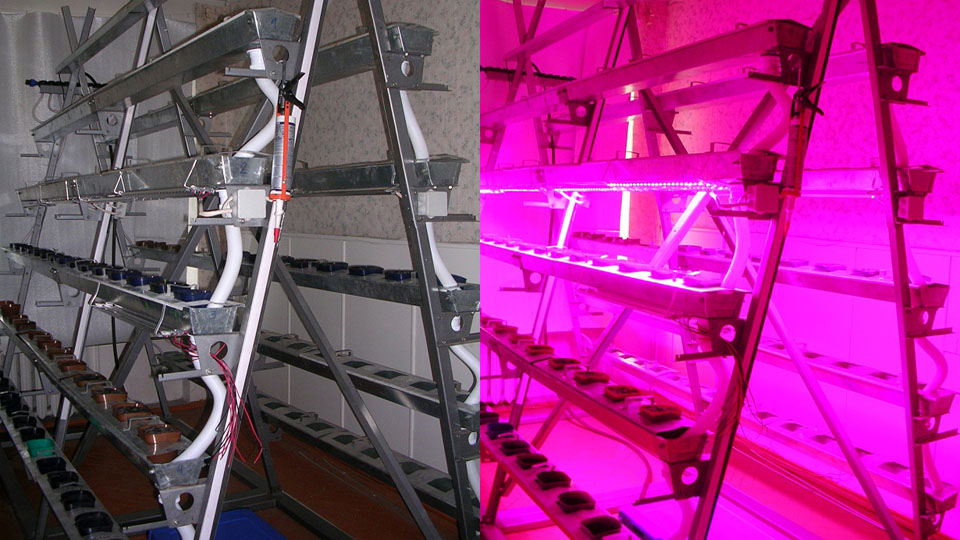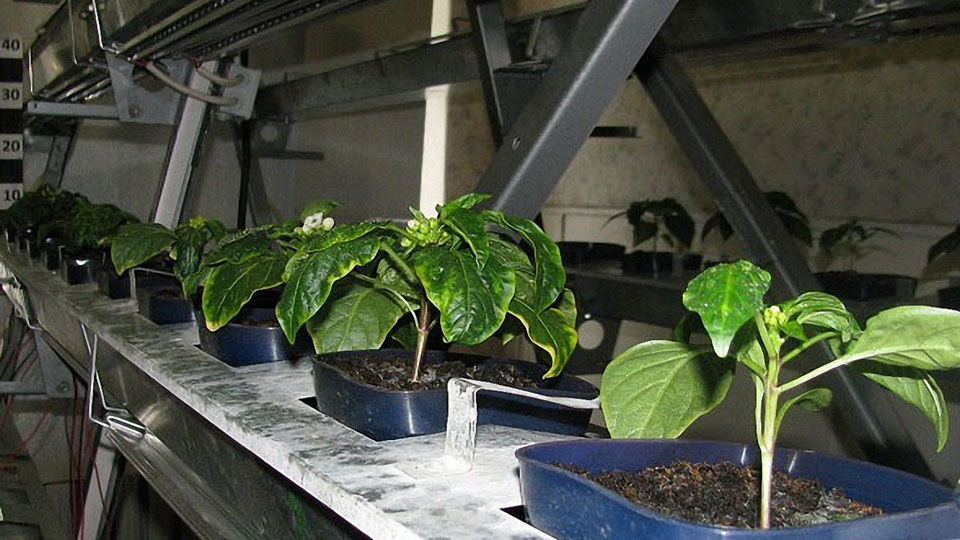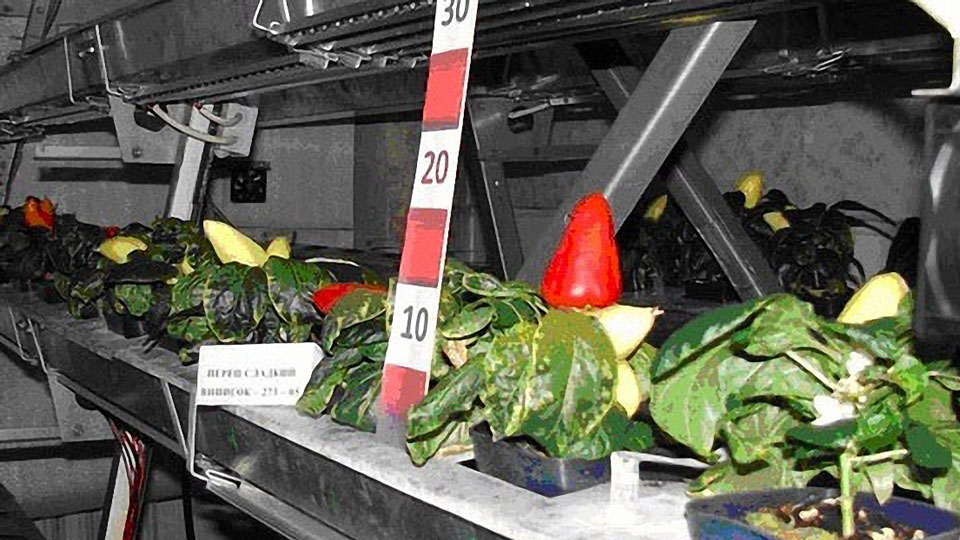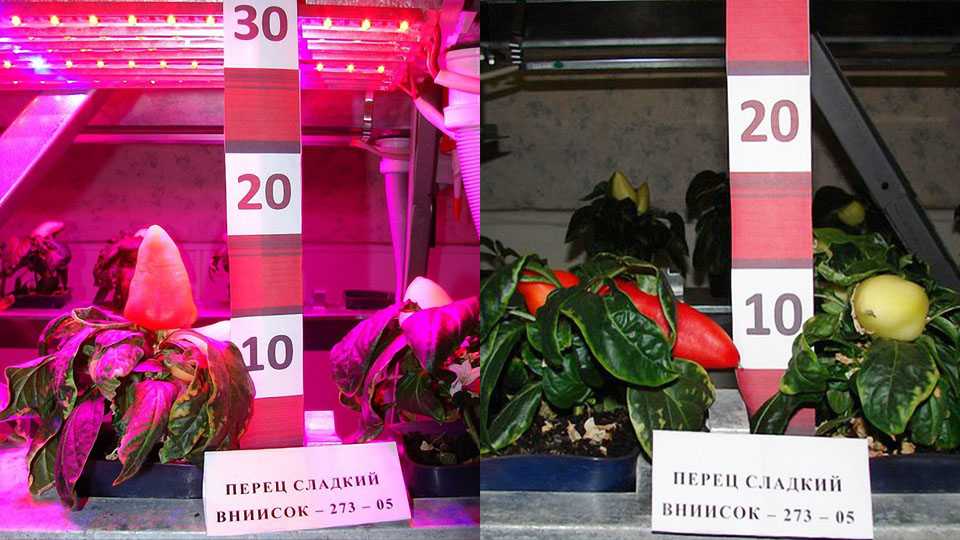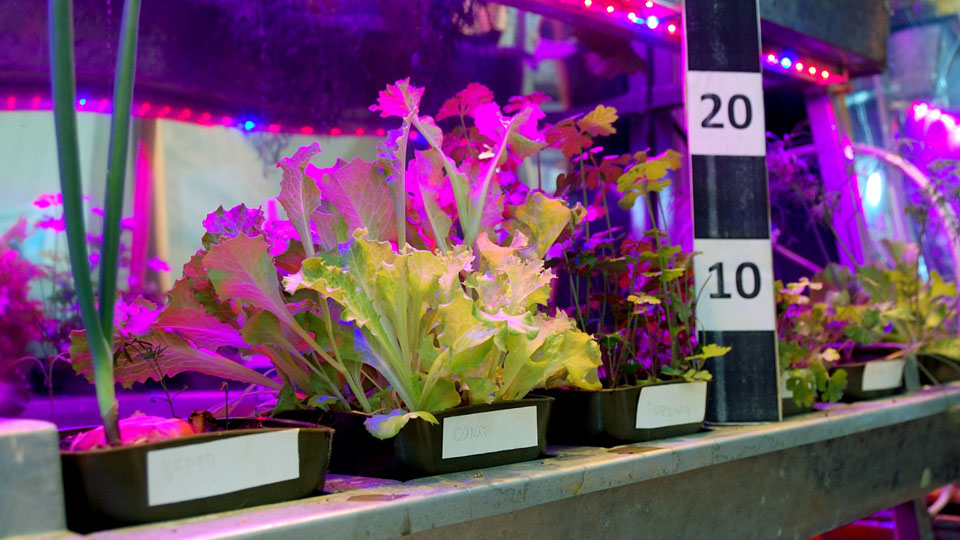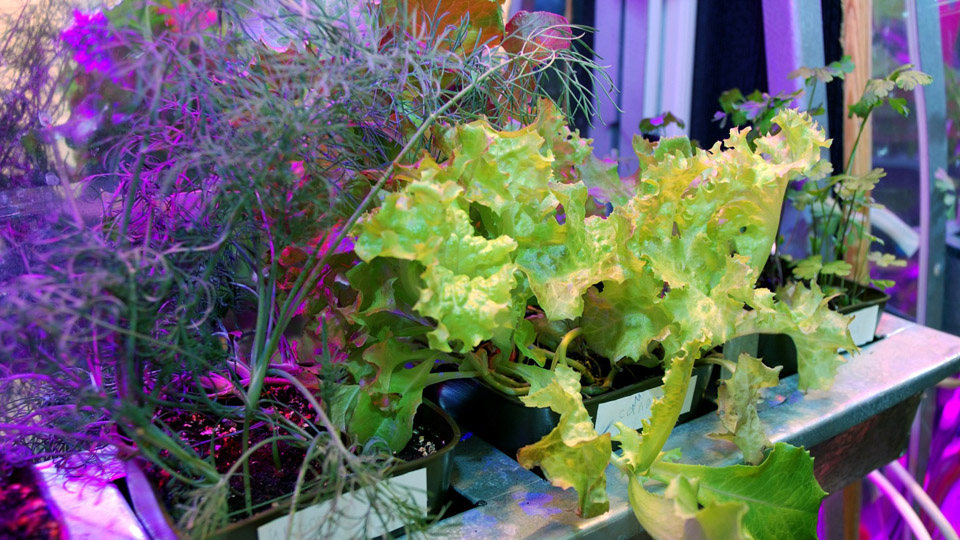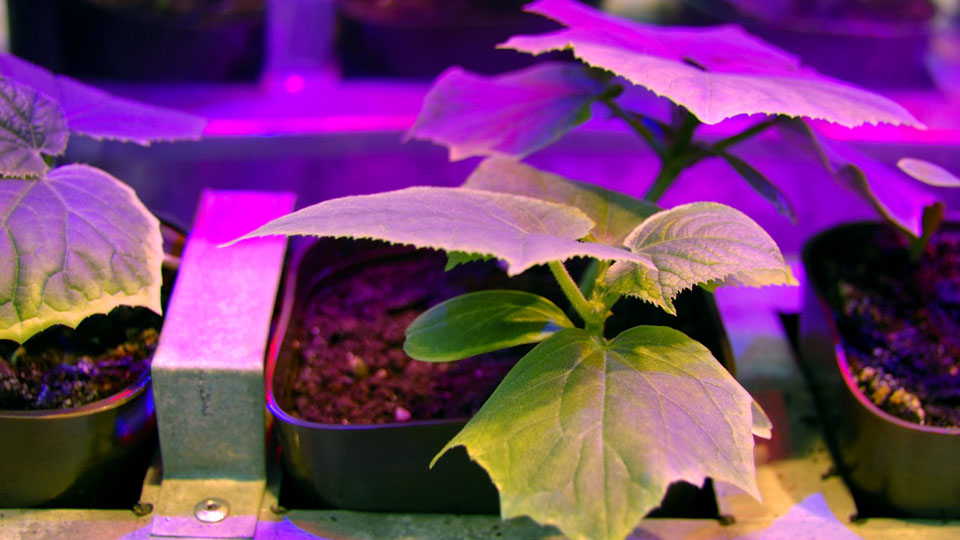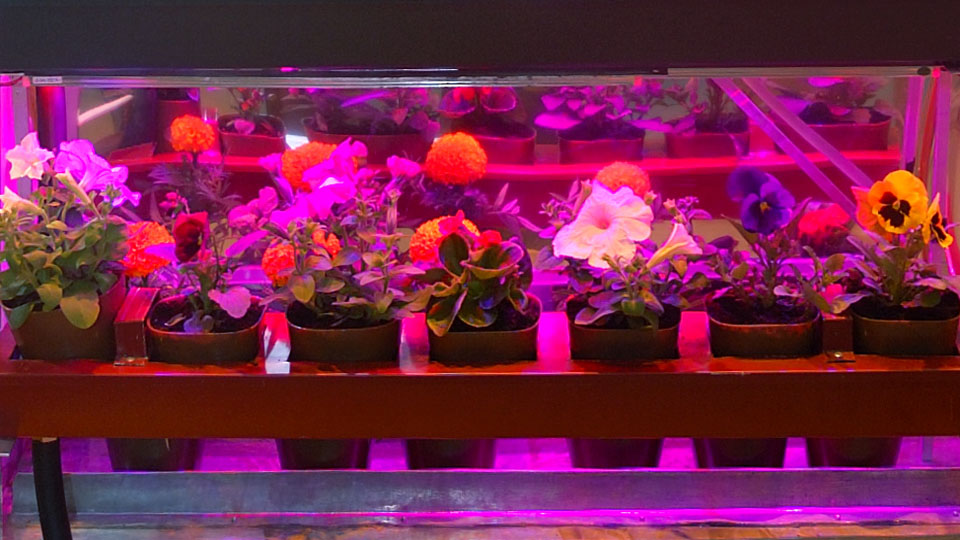|
Results of supplemental lighting of plants under KTL LED modules
|
|
|
|
|
|
You can see the real examples of successful work of the KTL LED equipment, used as an effective system of electrical supplemental lighting for plants and seedling. Experiments with this promising development have been made from 2008. And today it is time for implementation of this technology on a mass basis at greenhouses.
At the present, technological solutions of the KTL are leading in quantity of the installed LED fixtures, used in commercial greenhouses. Positive opinions of owners of greenhouse complexes, and official conclusions of research greenhouses which apply the LED modules «Ruby-75» in practice, are the best confirmation of efficiency of this advance technology. The LED fixtures for plants may differ in various benefits including an attractive appearance, a solid reputation of well-known brand, minimum heating during operation, an obvious economy and other indisputable benefits. At the present, among the existing variants in the world, there is the only fast-payback highly profitable option – the KTL LED lighting system for plants which is offered at typical price of gas-discharge solutions in the last century. A look into the future
Today before our eyes, entire technological branches are dying, and more economical and efficient solutions are coming instead of them. Cassettes of magnetic tape quickly disappeared as a result of expansion of laser discs, which in turn could not resist to more compact and capacious carriers. Gas-discharge lighting of greenhouses in the nearest time will be forced to give way to the LED technologies , as confirmed by experiences in the Netherlands, the USA and Japan. In these countries the LED fixtures have been used successfully for supplemental lighting of agricultural crops in greenhouses for over 5 years. It should be noted that in Russia theoretical basis for lighting of plants was created in the 50's of the last century. Russian engineers have always been at the forefront of advanced developments in this field. And now, used in practice the LED fixtures for greenhouses greenhouses based on the modules «Ruby-75» are 5-7 times cheaper than any exiting analogues, and their efficiency in stimulating of crop yield increase have been repeatedly confirmed by experience of numerous clients. Also should pay attention that cost of equipping a greenhouse with such economical lighting does not exceed purchasing cost of gas-discharge lamps. The LED module «Ruby-75» is a step for the future in budget greenhouse lighting, providing optimal conditions for accelerated growing of any agricultural crops of natural taste and aroma. |
|
